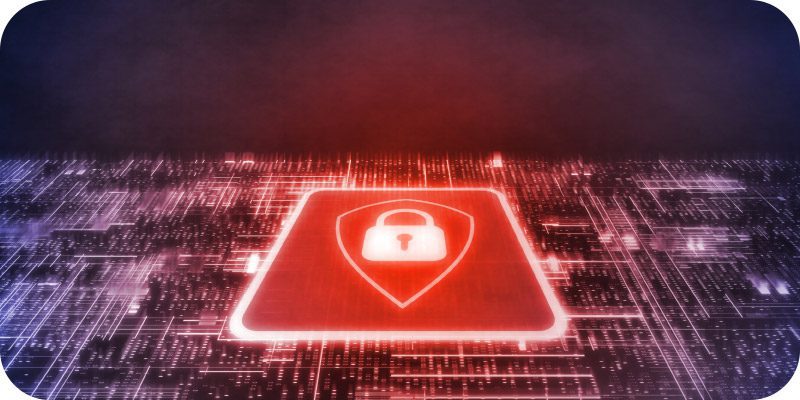11 EDR Key Features Your Enterprise Solution Should Have


The editors at Solutions Review examine some common EDR key features to look for when browsing for an enterprise solution.
Endpoint Detection and Response (EDR) is a security solution designed to protect enterprises by detecting and responding to threats at the endpoint level. Endpoints refer to individual devices such as desktops, laptops, servers, and mobile devices, which are vulnerable targets for cyber-attacks. EDR solutions provide real-time monitoring, threat detection, and incident response capabilities to identify and mitigate security incidents at the endpoint level. EDR is vital in today’s threat landscape, which is constantly evolving and becoming more sophisticated. Traditional antivirus solutions alone may not be sufficient to defend against advanced attacks that evade signature-based detection. EDR solutions utilize advanced techniques like behavioral analytics, machine learning, and threat intelligence integration to effectively detect and respond to emerging threats. These solutions provide a proactive defense mechanism that can adapt to new attack vectors and detect unknown threats based on their behaviors and patterns.
It’s worth noting that the specific features and capabilities of an EDR solution may vary depending on the vendor and the particular requirements of an enterprise. However, these are some of the common EDR key features to look for when choosing a solution for your team.
Ready to jump right into EDR solution shopping? Check out our free EDR Solutions Buyer’s Guide here!
11 EDR Key Features Your Solution Should Have
Some key features that an effective EDR solution should have to protect an enterprise include:
- Real-time monitoring: The EDR solution should continuously monitor endpoint activities and events in real-time to identify any suspicious or malicious behavior.
- Endpoint visibility: It should provide comprehensive visibility into all endpoints across the enterprise network, allowing security teams to see detailed information about each endpoint’s processes, applications, network connections, and user activities.
- Threat detection: The EDR solution should employ advanced threat detection techniques, such as behavior analysis, machine learning, and signature-based detection, to identify and alert potential threats or indicators of compromise.
- Incident response: When a security incident is detected, the EDR solution should enable quick and effective response actions, such as isolating compromised endpoints, terminating malicious processes, or quarantining suspicious files.
- Forensic investigation: It should offer detailed forensic investigation capabilities, allowing security teams to conduct an in-depth analysis of security incidents, trace the root cause, and collect evidence for remediation and legal purposes.
- Threat intelligence integration: Integration with external threat intelligence sources enables the EDR solution to leverage up-to-date information about known threats, indicators of compromise, and malicious IP addresses or domains to enhance its detection capabilities.
- Behavioral analytics: The EDR solution should utilize behavioral analytics to establish baselines of normal endpoint behavior and detect anomalies that may indicate a security breach or suspicious activity.
- Remediation and mitigation: It should provide automated or guided remediation workflows to assist security teams in mitigating threats, such as removing malware, patching vulnerabilities, or applying security policies.
- Centralized management: An EDR solution should offer centralized management and reporting capabilities, allowing security teams to monitor and control the entire endpoint security infrastructure from a single console.
- Integration with other security tools: Integration with other security solutions like SIEM (Security Information and Event Management), firewalls, or threat intelligence platforms can enhance the overall security posture and enable more comprehensive threat detection and response.
- Continuous updates and support: The EDR solution should receive regular updates, including new threat signatures, detection algorithms, and software patches, to stay ahead of emerging threats and vulnerabilities.
In summary, EDR is vital to enterprise security– providing real-time monitoring, threat detection, incident response capabilities, enhanced visibility, and forensic analysis at the endpoint level. By focusing on endpoints, where attackers often target their initial attacks, EDR solutions play a crucial role in safeguarding an organization’s critical assets, preventing data breaches, and minimizing the impact of security incidents.
This article on EDR key features was AI-generated by ChatGPT and edited by Solutions Review editors.



















